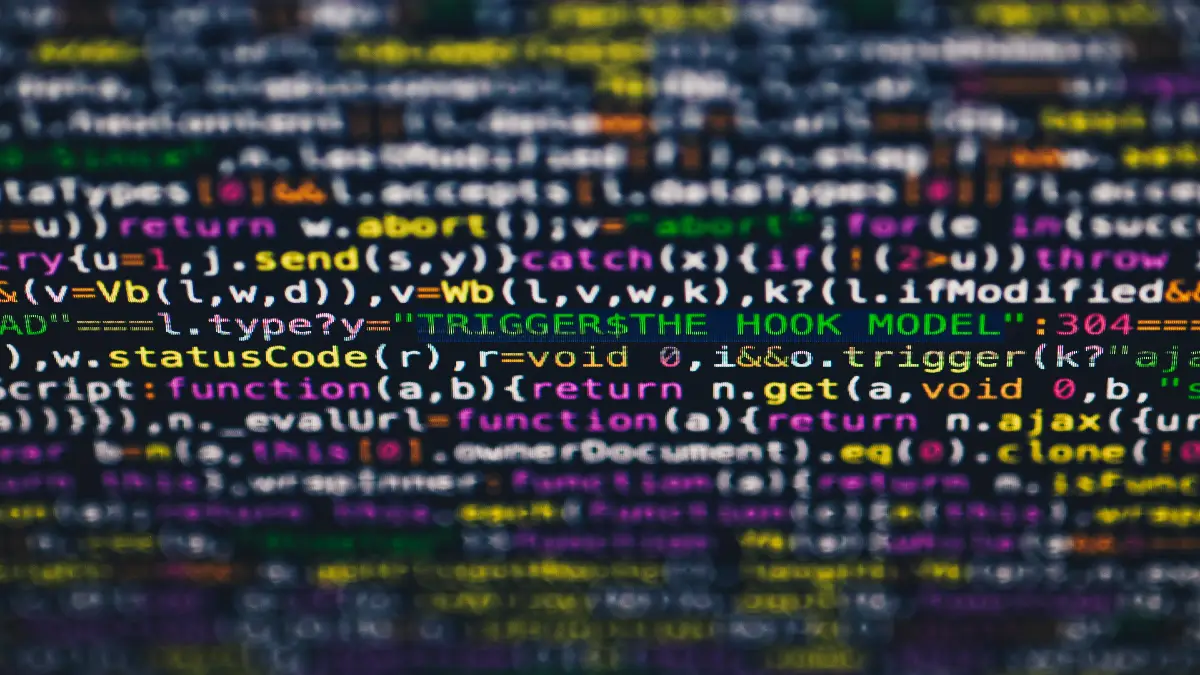Demystifying the World of Code: An Educational Standpoint

Coding education is essential for success in today’s digital world. Learning to code enables individuals to develop in-demand and useful skills that benefit their careers and society. This article provides the following:
- An overview of why coding is important.
- Methods for learning to code.
- The role of teachers
- Innovative teaching approaches.
- Challenges within coding education.
The Basics of Coding
Coding refers to writing instructions that direct computers to perform specific tasks. Coders use programming languages like Python, JavaScript, and C++ to develop software, websites, and mobile apps. Learning to code allows you to become a programmer and build digital solutions. Coding is essential today because so much of how we live, work, and communicate depends on technology. Programmers create the software and apps that power these technologies. Some of the most useful languages for beginners include Python, JavaScript, Java, and C/C++:
Benefits of Learning to Code
Learning to code provides many benefits. Coding is a highly valued skill, with many high-paying software engineering and web development jobs. The US Bureau of Labor Statistics projects over 22% growth for software developer jobs over the next ten years. Building software and apps requires strong problem-solving skills useful in any field. Programmers learn how to break down problems and create solutions logically. Coding education fosters creativity by teaching how to build new technologies, websites, mobile apps, and software. Programmers can design digital solutions to meet all types of needs. Programming languages demand precise syntax and logic to function. Learning to code strengthens analytical abilities through debugging code, understanding algorithms, and developing software. These mindsets translate broadly.
Methods of Learning to Code
Massive open online courses or MOOCs offer free or affordable coding classes on platforms. These interactive courses allow you to learn on schedule but provide deadlines and accountability. Intensive boot camps typically take 2-6 months. They teach tech skills for a software engineer or web developer job placement. Coding schools also provide structured education and career support. These programs charge tuition but often aid in job placement. They offer a quick path to a career in tech for those who still need a formal degree.
An Efficient Teacher Toolkit
To teach students coding, teachers employ various technological tools to streamline and enhance instruction. For example, auto grading systems automatically grade student code so teachers can provide individualized guidance. Coding platforms give students opportunities for the practical application of skills. Tutorials and online lessons allow for self-paced learning. Team collaboration software facilitates group work. These tools, including autograding, coding environments, videos, and collaboration platforms, comprise a robust toolkit for teachers to teach coding engagingly. By leveraging autograding software, hands-on coding platforms, video tutorials, and team collaboration tools, teachers are equipped with technology to teach students coding and help them develop strong computational thinking abilities.
Innovative Approaches to Coding Education
Students learn to code by working on real-world projects and building software and apps. Project-based learning is an engaging method that provides practical experience. Students can collaborate on group projects or work individually on portfolio projects. Incorporating elements like points, badges, and levels, gamification uses game design in non-game contexts like education. For coding, gamification may involve interactive coding challenges, hackathons, or platforms featuring progress meters and achievement-unlocked messages. Studies show gamification can increase motivation and participation. Group work enables students to learn from each other by exchanging ideas, asking questions, explaining concepts, and problem-solving together. For coding, students may work in pairs or small groups to complete hands-on projects, evaluate each other’s code, or study programming language documentation together. Social interactions keep students actively engaged and strengthen understanding. Innovative teaching methods will make learning to code more engaging and effective for students. Approaches like project-based learning, gamification, and collaborative coding education could motivate more people to learn programming skills.
Challenges in Coding Education
While coding education is crucial for the future, there are challenges to address. Coding education can be expensive, whether pursuing degrees, boot camps, or self-study. More affordable high-quality options are needed to reach all students. Underrepresented groups like women, minorities, and people with disabilities face barriers to learning to code and entering tech careers. Inclusive outreach and addressing systemic biases are required. Programming languages, frameworks, and other technologies continually evolve. Coding education must keep up to teach relevant and in-demand skills. Updating courses and resources requires an ongoing investment of time and money. Solutions could include public-private partnerships to fund education, tailoring courses to reach underserved groups, and developing flexible programs that adapt quickly to new technologies. With a focus on access and inclusion, coding education can demystify the world of technology for all.
Conclusion
Coding is important because software powers many of the tools we use daily. Coders help build solutions that improve lives and productivity. Coding also promotes critical thinking skills that are useful across fields. However, learning to code can only be challenging with the right educational support.
